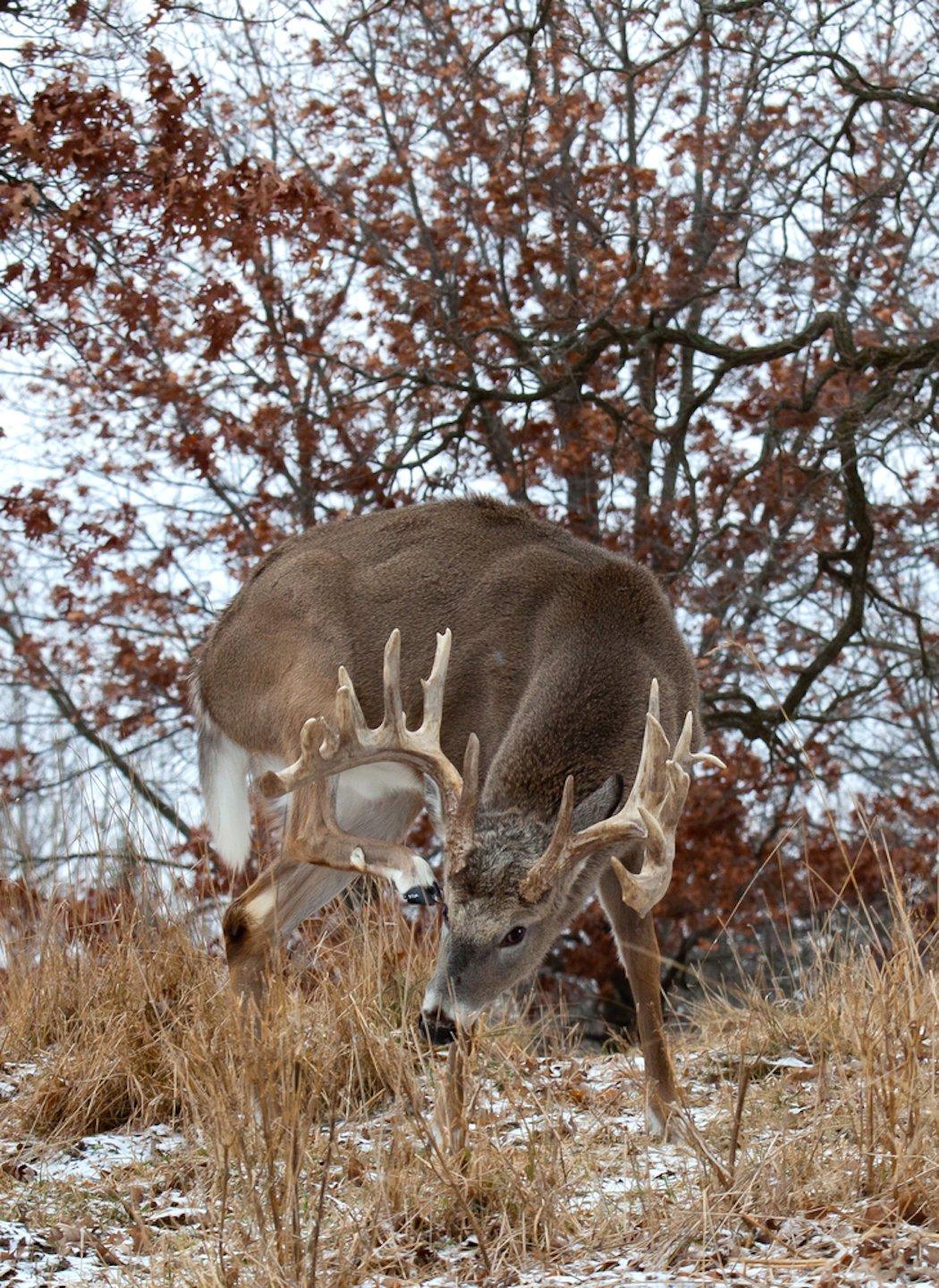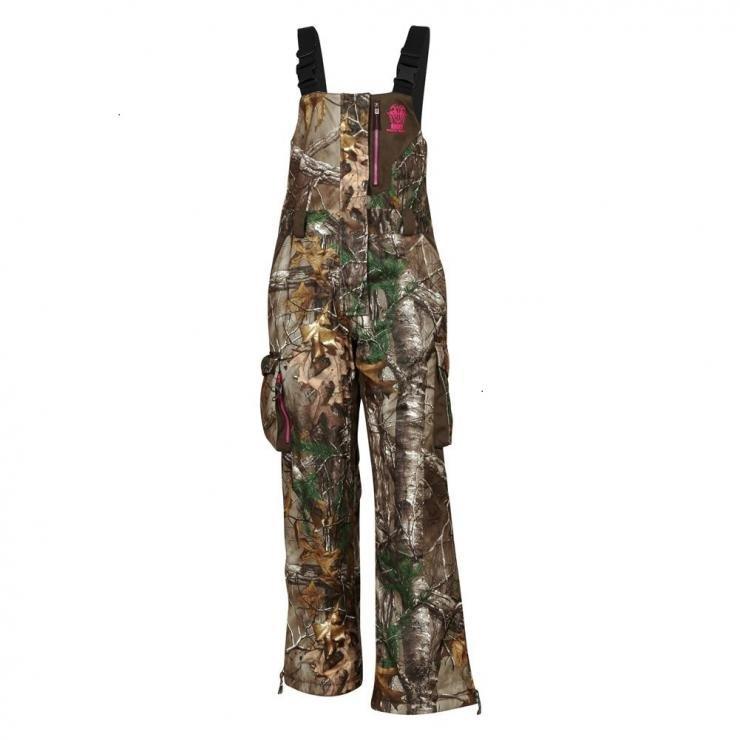Have You Ever Killed a Record-Book Animal?
I was one of 24 individuals selected from the Northeast and Eastern Canada to attend the Boone and Crockett Club Records of North American Big Game official measurer training workshop. The workshop was held in Kittery, Maine and was the third of five such events held across the United States and Canada.
Jack Reneau and Ryan Hatfield hosted the training. Jack has been the director of big game records for the Boone and Crockett Club since 1983. Ryan, on the other hand, is a relative newcomer to the Club. As Assistant Director, one of his many duties is to review all of the new entries in both the Awards and All-Time record categories. Both men are extremely knowledgeable and made the workshop interesting, informative, and downright intriguing.
Nerves Were Tested
I was excited and even a little apprehensive about the training. I have measured a fair number of whitetails over the years, but the thought of putting the tape to all 38 different categories of big game in North America, in three days, was a bit unnerving. Not all of the coursework was related to measuring. An overview of the Club and its history was presented to the class. I can honestly say that I was somewhat naïve to most of the Club's beginnings.
Don't Miss: Boone & Crockett Will Review Potential World-Record Non-Typical Buck's Score on Monday
If you asked a fellow hunter to describe the Boone and Crockett Club, nine out of 10 would tell you that the organization is responsible for scoring big game heads. Actually, the Club is much more than a scoring and records keeping organization. The goals of the Club are:
- Hunter and conservation ethics
- Big game records keeping and recognition
- Conservation research, education and demonstration
A Little History

The B&C Club and its founders were instrumental in the development of the first game laws. Rules of Fair Chase were established to ensure that these species would perpetuate for all future generations. The species I referenced earlier are just a few of the examples of the many success stories in our country's history, and are due in large part to the foresight of the Club's founding members. Members such as Aldo Leopold, George Bird Grinnell, Gifford Pinchot, and Theodore Roosevelt have shaped the idea of modern-day conservation.
Records keeping began in 1932 when the Club published its first all-time record book. Many of the categories now recognized were not present when the book was initially developed. Actually, three new categories (Tule Elk, Non-Typical Columbia Blacktail, and Non-Typical Sitka Blacktail) have been recently added to the B&C records book. Minimum scores for some species of game have also been modified to more accurately reflect what is recognized as an exceptional trophy. As times have changed, so too have the Records of North American Big Game. That is why it is so important to keep precise measurements of our big game species because it is a reflection of their overall health and genetic diversity. It is also a tribute to our conservation efforts over the last 119 years.
Don't Miss: Why the 312-Inch Non-Typical Tennessee Buck Didn't Become the World Record
The Measuring System
In 1949, a special committee of the Club was gathered to develop a system that would be recognized as the standard for measuring native North American big game. It was from these meetings that our current system of scoring evolved. Unlike other scoring systems, Boone and Crockett places heavy emphasis on symmetry. Antler length, circumferences, inside spreads, and skull length and width are just a few of the characteristics that B&C scorers must determine when measuring a potential record-book animal.
Rocky Athletic Mobility Women's Waterproof Insulated Bib in Realtree Xtra
Official measurers use many different tools to arrive at a final score. Calipers, c-clamps, and steel cables are just a smattering of implements that help a scorer arrive at a final tally. Squares, levels, measuring boxes, and lots of masking tape allow the record-keeper to be as accurate as humanly possible. The .25-inch wide 6-foot long steel tape is one of the most popular tools of the trade and must be utilized to determine lengths and circumferences on all horned game. The only exception is that a cable may be used to measure horn length on muskox.
Book Eligibility
Many trophies are not eligible for entry into the Boone and Crockett records books. Believe it or not, some hunters attempt to enter trophies that have been altered or modified. Antlers with a split skull plate, as well as shed antlers, are not eligible for entry in the Club's records books. Big game not harvested within the rules of fair chase (i.e. without a hunting license, with the use of a motorized vehicle, captive animals, etc.) is also not eligible for recognition.
Official measurements cannot be taken until the horns, antlers, tusks, or skulls have air dried for at least 60 days after the animal was killed. All-time record entries are recorded on a six-year cycle, whereas awards entries are done on a three-year rotation.
Each official measurer is a volunteer, and cannot accept financial compensation. Measuring is truly a labor of love and these dedicated members spend a great deal of time each year providing a service that many hunters take for granted. I would like to personally thank all of the official measurers for the Boone and Crockett Club. So the next time your trophy is scored, take time to thank the measurer.
Fears Conquered
Although my initial fear of measuring so many species was genuine, Jack and Ryan did a tremendous job of putting the entire class at ease. Thanks guys for a job well done.
In the fall of 2003, I harvested a record-book Central Barren Ground Caribou in the Northwest Territories. After returning home, and waiting the mandatory 60 days, I decided to have my trophy officially scored. I found the name of an official measurer in my area and gave him a call. If you're interested in becoming an Associate member, give the Club a call at 406-542-1888. If you would like more information on how to become an official scorer, or would like the name of a measurer in your area, check out the Club's website.
Don't Miss: The Quest for the Record-Breaking Typical Whitetail
Editor's Note: This was originally published on July 31, 2006.
Are you a big game hunter thirsty for knowledge? Check out our stories, videos and hard-hitting how-to's on big game hunting.








